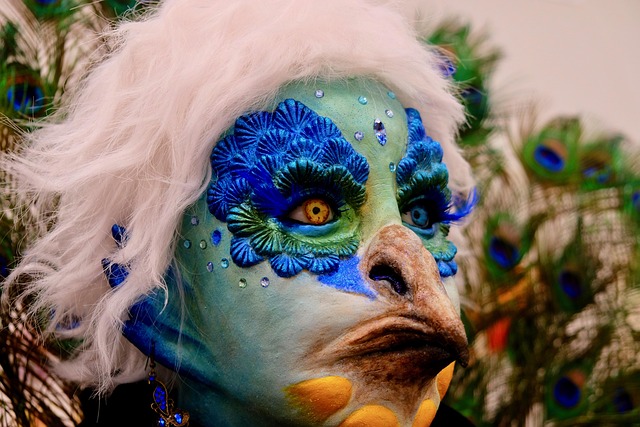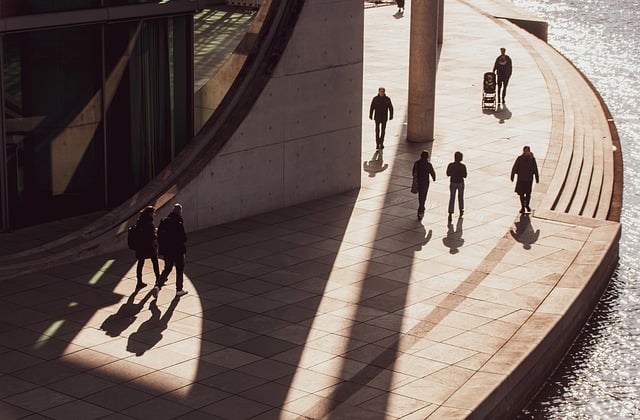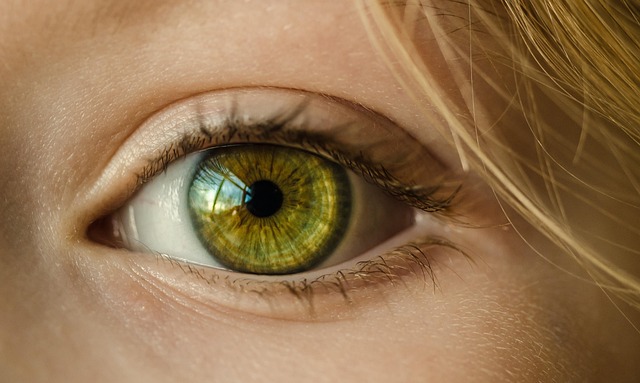Exploring Madness Through Art: Designing Chaos on Canvas
Art has always served as a profound medium for expressing emotions that often elude verbal articulation. Among these emotions, madness stands out as a chaotic yet fascinating muse. When we think of madness in art, we often conjure images of vibrant colors, frenetic brush strokes, and compositions that seem to teeter on the brink of insanity. But what does it mean to design chaos on canvas? How does one capture the unpredictable essence of madness in their artwork?
Throughout history, many artists have dared to delve into the depths of madness, transforming their inner turmoil into expressive masterpieces. Vincent van Gogh, with his swirling skies and vivid landscapes, is perhaps one of the most famous examples. His relentless pursuit of creativity amidst personal challenges resonates deeply with the concept of madness as a form of chaotic beauty. With every brush stroke, he captured the passage of time, emotions, and the very essence of the human experience.
In the realm of painting, design becomes a dance between control and disorder. To design chaos on canvas means to embrace the unpredictability of life itself. It involves allowing the subconscious to guide your hand, letting colors flow freely as if they were emotions spilling out onto the surface. This process often yields unexpectedly captivating results, as the artwork takes on a life of its own, reflecting a raw, unfiltered version of the artist’s reality.
To effectively harness madness in your own paintings, consider breaking away from conventional techniques. Experiment with bold colors and unconventional materials, letting spontaneity drive your creative process. Imagine a canvas where you toss paint, smear colors with your fingers, or incorporate unexpected textures. Each element you add contributes to a symphony of chaos, inviting viewers to engage with your work on a visceral level.
However, it’s essential to balance this chaos with moments of clarity. Think of the moments of silence amidst a chaotic storm; these pauses create a contrast that enhances the overall impact of the piece. Incorporating structured elements—like defined shapes or geometric patterns—can help ground your work, allowing the viewer to find a pathway through the madness. This interplay invites viewers to not only appreciate the beautiful chaos but also to seek understanding amidst it.
Allowing oneself to explore the depths of madness through art can be both liberating and intimidating. It challenges you to confront your emotions, to let go of preconceived notions around ‘what art should be.’ In doing so, you create a space where both the artist and the audience can find solace, understanding, or even inspiration. Embrace the chaos, dance with the madness, and watch as it unfolds beautifully on your canvas.
So grab your brushes, prepare your palette, and let the madness flow. In the world of painting, chaos might just be the key to unlocking genuine creativity and profound emotional expression.



